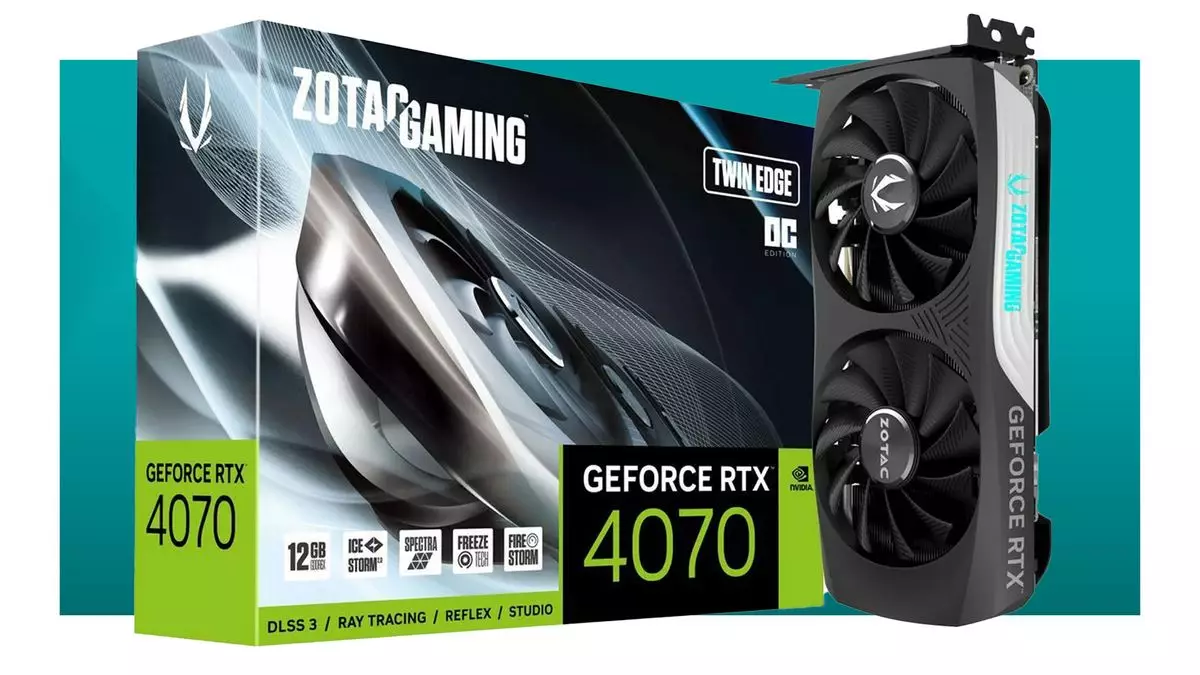As we approach the conclusion of Nvidia’s RTX 40-series graphics cards, many gamers find themselves in a dilemma. Historically, the end of a product line often brings about significant price drops and clearance sales, tempting consumers to either upgrade or replace aging hardware. However, current market trends suggest that the RTX 40-series is maintaining its value surprisingly well. For those waiting for a dramatic price decrease, it might be wise to temper expectations, as the allure of a last-minute sale could be far less impressive than anticipated.
As speculation grows regarding the upcoming RTX 50-series GPUs, which are expected to debut next year, gamers might be contemplating whether to hold off on purchasing a new graphics card altogether. This next generation is anticipated to bring enhanced performance metrics, greater power efficiency, and improved features aimed at taking full advantage of modern gaming demands. If you can afford to wait, the investment in new hardware could be well justified, particularly if you’re eager for higher frame rates and better graphics fidelity in your favorite titles.
Nonetheless, life doesn’t always permit a wait-and-see approach. If your existing GPU has failed or is underwhelming for current gaming standards, the urgency to purchase may outweigh potential benefits from waiting. In this context, there are still appealing options available. A solid choice is the Zotac Twin Edge RTX 4070, recently priced at $500 at Walmart. This card features the powerful AD104 GPU, providing a robust architecture that includes 5,888 CUDA cores and a respectable 12 GB of GDDR6X memory. This type of performance is set to make a tangible impact as gamers head into 2025.
However, don’t overlook AMD’s offerings, particularly the competitively priced RX 7800 XT, which has been spotted for around $480—also available at Walmart. This option could be a more budget-friendly way to enjoy robust gaming performance without waiting for next-gen releases. Price and performance should always factor into your decisions, especially in an era where gamers are sometimes forced to make choices quickly due to the volatile hardware market.
For those still unsure about which GPU to purchase, consider waiting for Black Friday sales. Historically, November presents opportunities for significant discounts on hardware, and it may lead to better deals than what is currently available. Keep an eye on reputable retailers and online sales to maximize your chances of snagging the best graphics card at the lowest price. If the Black Friday deals are lackluster, approaching the launch window of the RTX 50-series also offers its own set of advantages, potentially resulting in better graphics technologies at similar or lower prices.
Ultimately, the choice of when to buy hinges on your immediate needs and future expectations. As the gaming landscape evolves, staying informed will empower your purchasing decisions.

